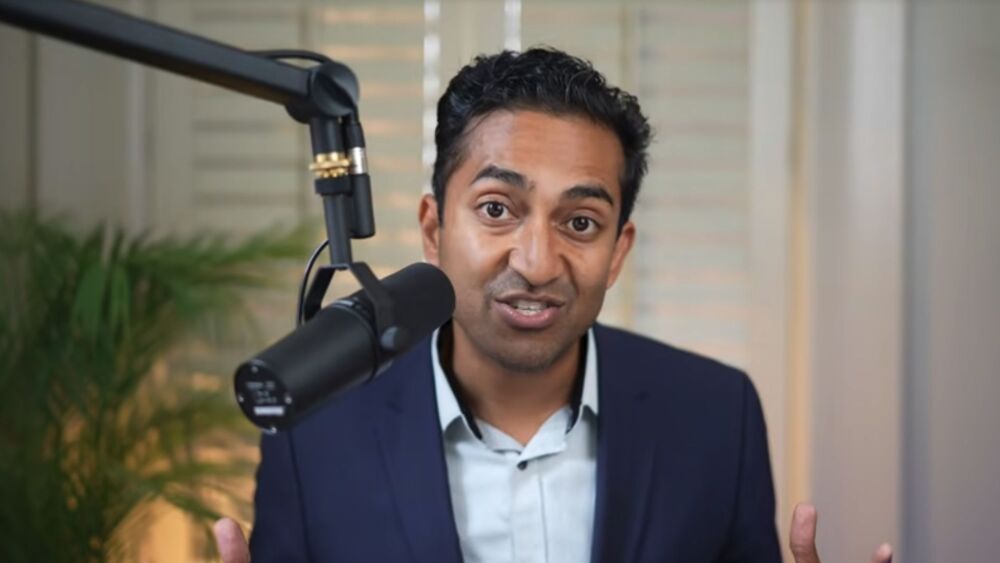October 15, 2015
By Mark Terry, BioSpace.com Breaking News Staff
Johnson & Johnson announced on Tuesday that it was initiating a $10 billion share buyback program. It also released its third-quarter financial report with sales of $17.1 billion in the third quarter.
Which has left analysts wondering what J&J is going to do with all that money. And, since this is what analysts do, they’re wondering who the company will buy.
“I wouldn’t interpret the $10 billion share buyback as impacting our appetite for scale of any size in M&A at all,” said Dominic Caruso, J&J’s chief financial officer in a Tuesday conference call. “Our appetite for M&A of any scale has entirely to do with whether or not the acquisition is going to create value for shareholders.”
Which certainly doesn’t rule out an acquisition. Plus, the company has $37 billion in cash, equivalents and short-term investments, so even a giant acquisition would be possible if there were a suitable target.
“They’re saying, ‘We need to do something here because we have this buildup of cash and we need to deploy it in some fashion because we don’t have a ready asset we can go out and buy,’” said Tony Butler, an analyst at Guggenheim Securities, to Bloomberg Business.
Of course, J&J is a big company with three separate divisions, pharmaceuticals, consumer products and medical devices. It could acquire in any of those categories.
Forbes, however, is reevaluating J&J in light of its third-quarter results, noting, “There is no doubt that J&J’s pharma segment’s growth has been plagued by the performance of its hepatitis C drugs, in particular, Olysio. The drug’s growth trajectory was such that it inflated investor expectations in the beginning, and followed it up with a phenomenal downfall, thus correcting the company’s market price to some extent.”
Olysio is going up against Gilead Sciences, Inc. ’s Harvoni and Sovaldi, and AbbVie ’s Viekira Pak. The two companies have had an ongoing price war for their respective Hepatitis C treatments for the last year.
And it was just in July that CNBC Mad Money’s Jim Cramer called for Johnson & Johnson to split up into three separate companies. Cramer’s argument was that the three separate divisions could do better separately. “That’s a pretty diverse product line with virtually no overlaps,” he said. “As we’ve seen so often in the past, I think these divisions could do much better separately than as one combined company that is confusing to manage or even to understand. To me JNJ is a textbook example of the parts being worth more than the whole.”
Although there was no particular discussion of a breakup at the recent investor meeting, there has been plenty of speculation on acquisition targets. In March the company lost out on a bid for Pharmacyclics, Inc. , which sold to AbbVie for $21 billion. Jeff Jonas, a portfolio manager at Gabelli & Co. counsels that J&J should look at smaller deals in order to find products it can develop, an area it has had more success with in the past.
The company has also had success through partnerships and licensing deals. “I do think they’ve done a very, very good job in the pharma business — there’s tremendous evidence that they have,” said Tony Butler, an analyst at Guggenheim Securities, to Bloomberg. “There’s been tremendous growth, there has been innovation and there have been deals.”
Forbes notes as well that J&J might try to expand in China. About 20 percent of its medical device revenues in the third quarter came from emerging markets, and is projecting almost $1 billion in revenue from China sales this year. The United States International Trade Commission (USITC) predicted the China medical devices market to grow at 11 percent CAGR through 2018, with orthopedics and cardiovascular exports low in comparison to imaging.
“Interestingly,” reports Forbes, “J&J has very strong presence in these two categories, which means that there is strong opportunity to be tapped in China. Expanding in China and other emerging nations could potentially help J&J keep up with the global market growth.”





